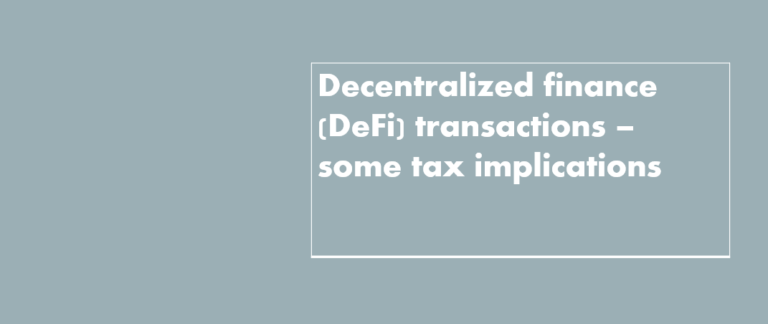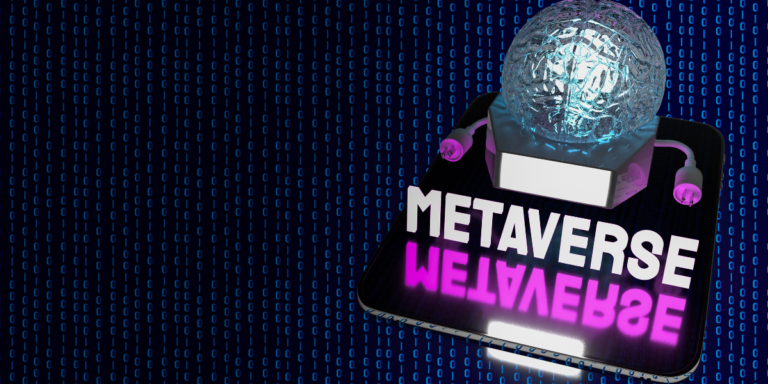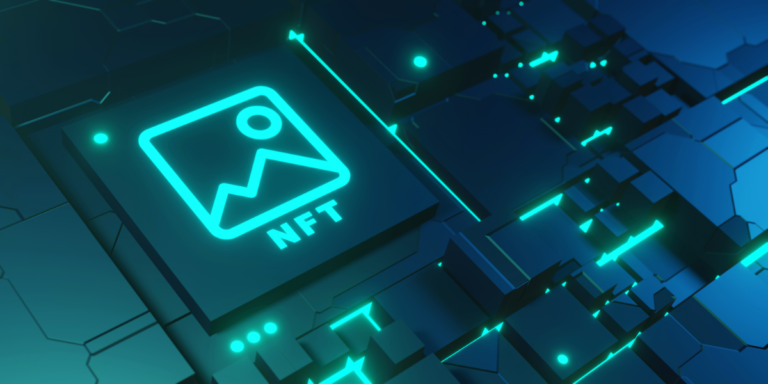
Decentralized identity refers to several approaches for creating, verifying, and disseminating digital identities. Self-sovereign identity(SSI) is one such manifestation that emphasizes individual control over personal data ownership and control by emphasizing personal ownership rights over personal information. SSI protocols enable users to store and share their own information with different stakeholders for verifying claims and transactions, providing significant privacy, security, and reliability advantages over current centralized systems.
What is Decentalized Identity Verification System?
Decentralized identity spaces offer great promise in creating digital identities as secure as their physical equivalents, providing individuals with more freedom online while cutting costs for businesses, governments, and organizations alike.
Personal Identifying Information (PII) refers to any piece of data that uniquely identifies an individual, such as their name, birthdate, address, biometrics, and citizenship data points like citizenship status or employment information. With decentralized identity using blockchain, individuals can control their PII and selectively share it with third parties – for instance, Carl can securely share his verification token without showing full ID details and date of birth.
Decentralized identity frameworks use cryptographically verifiable identifiers backed by blockchain to manage an individual’s personal identifiable information (PII) and Verifiable Credentials (VCs). As they’re hard to falsify or hack, these identifiers serve as the foundation of decentralized wallets which provide multi-factor authentication without passwords or tokens.
Dock’s platform also enables people to link their VCs with decentralized apps and services that require them, providing the ability to build, manage, and verify an independent identity on their own device. Dock provides solutions tailored towards consumers, businesses, developers and verification services; for example its wallet app for consumers offers wallet storage with wallet verification provided through Dock Certs – offering solutions tailored specifically towards each group of individuals.
Decentralized identity systems utilize blockchain to establish trustworthy relationships that are both secure and unalterable, solving many of the issues related to traditional and federated identity management systems like certificate fraud, slow verification processes, risks of data breaches and more. This presents an enormous opportunity for industry and can drive massive business impact; however, an ecosystem must find an acceptable balance between flexibility and accountability – for example a lender must ensure loan applicants don’t conceal negative reputation claims from other platforms that might negatively affect them when borrowing money from them.
Legal and Regulatory Framework
Effective regulatory frameworks must be legal, comprehensive and supported by members of their community – such as industry leaders or agents charged with administering it. Establishing such an arrangement may take many months and involve many parties both inside and outside government.
Digital identity systems can be divided into centralized, federated, and self-sovereign categories according to their level of user control. Centralized identities are those controlled by one entity that holds their data; while federated ones provide connectivity among applications by sharing information about common groups. Finally, self-sovereign identity (SSI) protocols give greater user control by allowing individuals to create their own identifiers and attestations without needing a central authority such as service provider for approval.
SSI works by creating decentralized identifiers and attestations stored on blockchains, which allows for peer-to-peer connections between parties using them. Users also have the ability to store attestations and claims in wallets so that they may share them with service providers or third parties as desired, reducing risks related to data breaches by controlling what information is shared from them.
Public transport authorities, for instance, can connect to the SSI system and receive verification information from other transport authorities worldwide to ascertain eligibility for discounted fares. Furthermore, each of these connections are secured and private since each is made through a reliable network of qualified vLEI Issuers accredited by GLEIF to issue Entity and Role credentials combining identification of an organization with its official or functional roles within that same organization.
Key Takeaways
- Decentralized identity verification systems give users ownership, control and agency over their own data. Users are empowered to choose when and with whom to share it as well as authenticate themselves independently from centralized intermediaries.
- This self-sovereign model ultimately inverts permissioned data sharing, with users asking platforms that index their data for permission, rather than having Facebook or Twitter dole out permission requests directly to individuals. This reduces costs of verification as financial institutions conduct KYC once and provide individuals with verified credentials that can be reused later for additional verification needs.
- Reusable credentials offer an effective solution to reduce time, expense and risk associated with KYC processes. But this new way of verifying an individual’s identity requires its own set of rules and operating standards – which should be established through an international collaboration among financial institutions, blockchain experts and privacy specialists.
- One key feature of the new decentralized identity model is providing every individual with their own private, cryptographically secure Digital Identification Number (DID), which can then be combined with verifiable credentials that demonstrate identity – for instance proof of education or professional certification can be presented to service providers as evidence of identity; these credentials can then be linked with their DID; if these two credentials match up then access is granted and potential verifiers can check both DIDs on a public ledger to confirm they belong to one individual – making this model suitable for many purposes such as supply chain traceability, fraud-proof credentials issues management or managing employee IDs among many more use cases.







